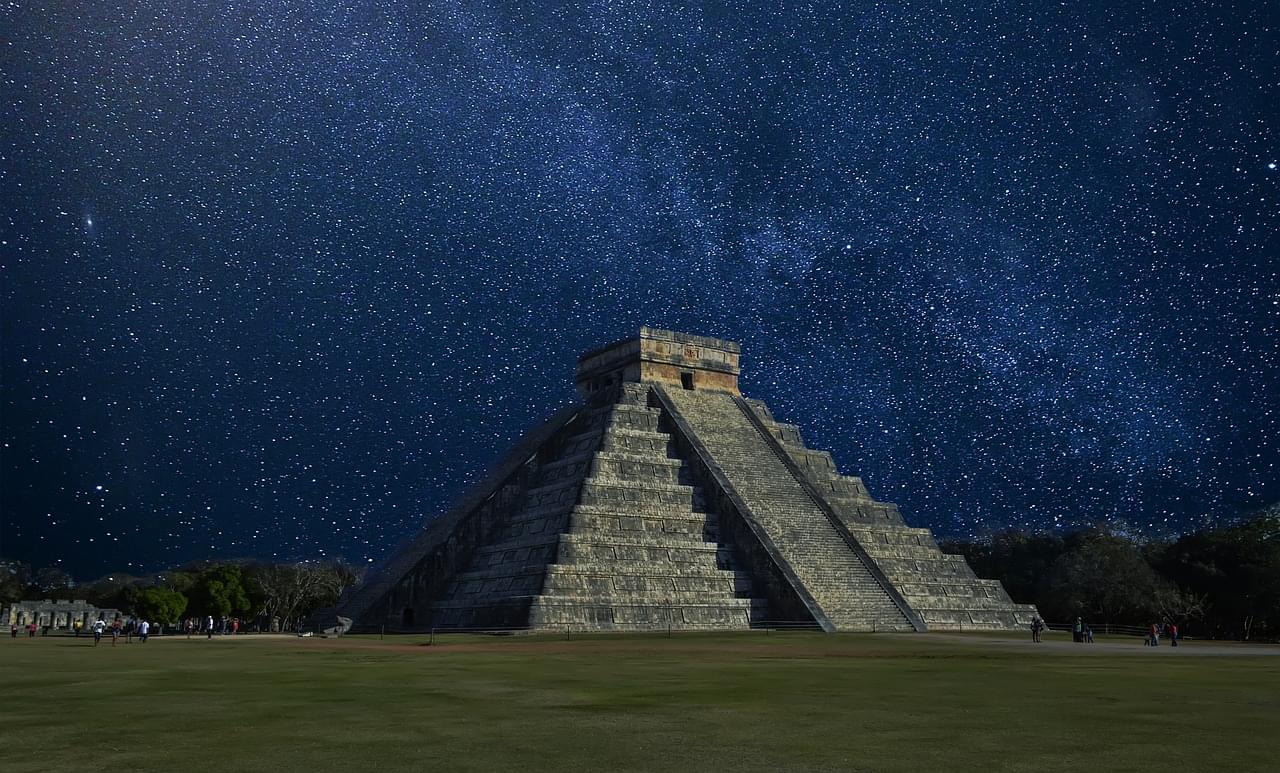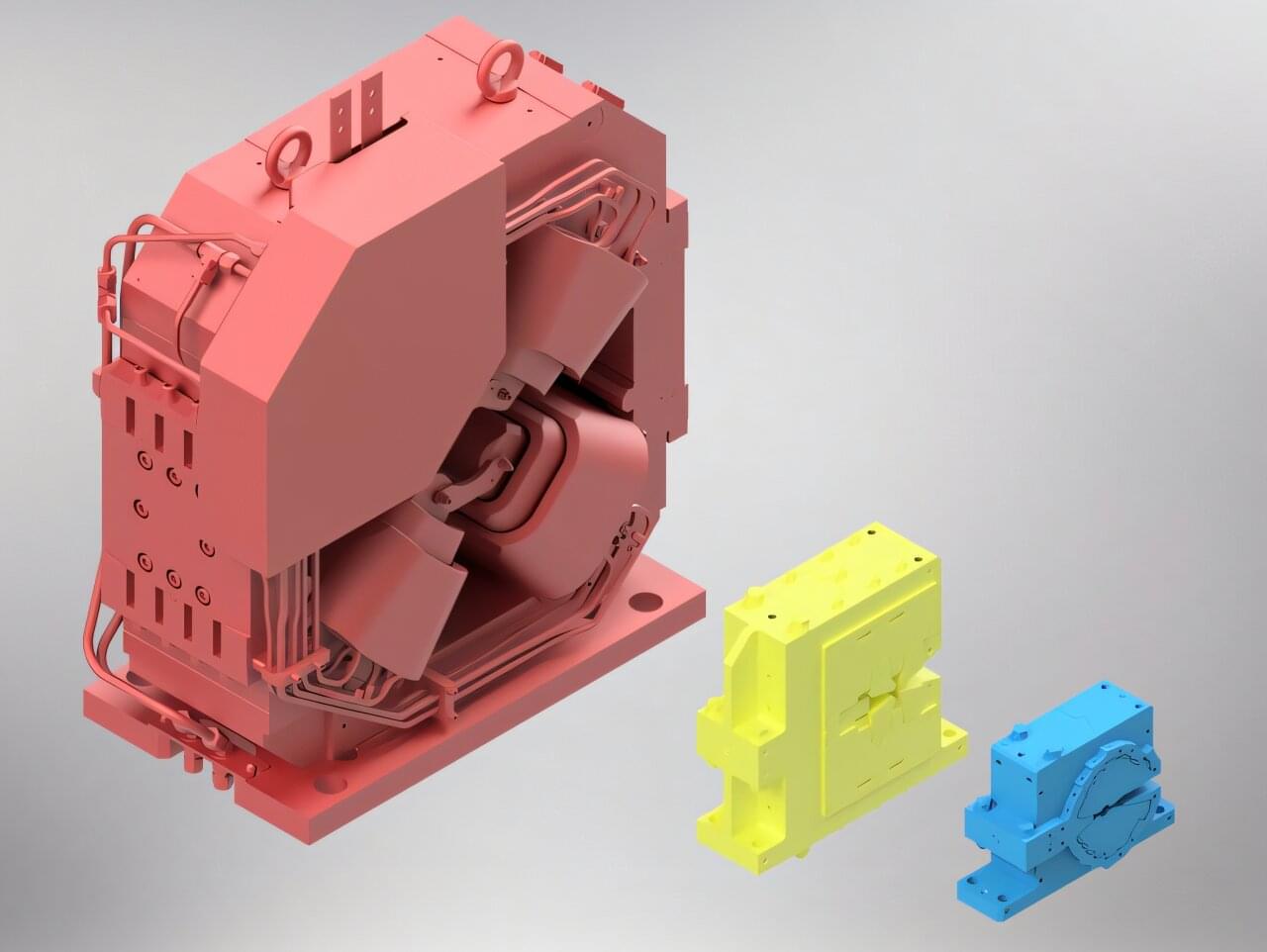While the scientific fields of planetary geology and archaeology don’t initially seem like a natural pairing, their unique methodological and technol | Earth And The Environment




Researchers at the National Synchrotron Light Source II (NSLS-II), a U.S. Department of Energy (DOE) Office of Science user facility at DOE’s Brookhaven National Laboratory, depend on the facility’s bright, stable electron beam to carry out groundbreaking experiments. Behind the scenes, a dedicated team of physicists, engineers, designers, and technicians in the facility’s accelerator complex are not only maintaining this system for reliable operation but also looking into ways to improve performance and unlock new areas of synchrotron science for the light source’s research community.
In an inventive new design that has been years in the making, the team has unveiled a proof-of-principle prototype for a new “complex bend” lattice design. This unique magnet array has sparked discussion about some intriguing possibilities for the future of NSLS-II’s accelerator, and the design is lighting the way for necessary next steps.



Our memories may not be as reliable as we think. Once we experience an event, most of us likely assume that those memories stays intact forever. But there is the potential for memories to be altered or for completely false memories to be planted, according to Elizabeth Loftus, PhD. Loftus, a distinguished professor at the University of California, Irvine, is an expert on human memory and she discusses how our recollections of events and experiences may be subject to manipulation.
The American Psychological Association is the leading scientific and professional organization representing psychology in the United States, with more than 157,000 researchers, educators, clinicians, consultants, and students as its members.
To learn more about APA visit http://www.apa.org.
Follow APA on social media:
https://www.facebook.com/AmericanPsychologicalAssociation/
X/ Formerly Twitter.


Watch live as Nvidia CEO Jensen Huang takes the stage at Taiwan’s annual COMPUTEX trade show.#nvidia #technology #live